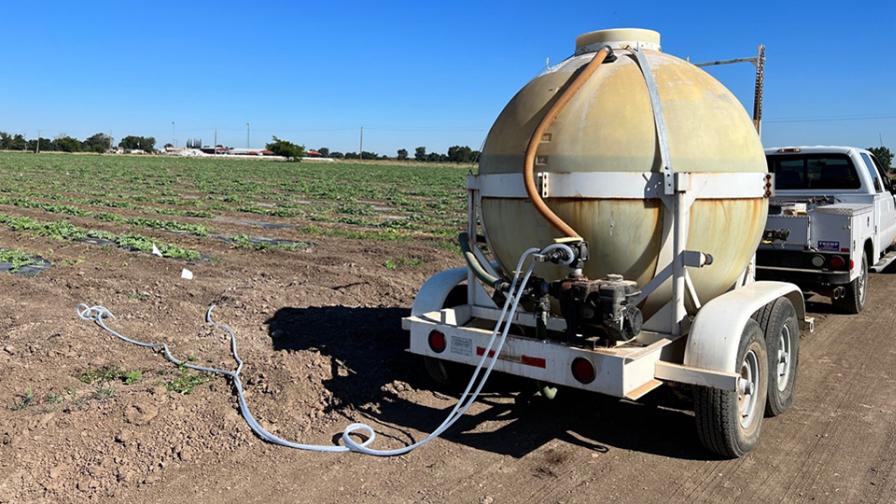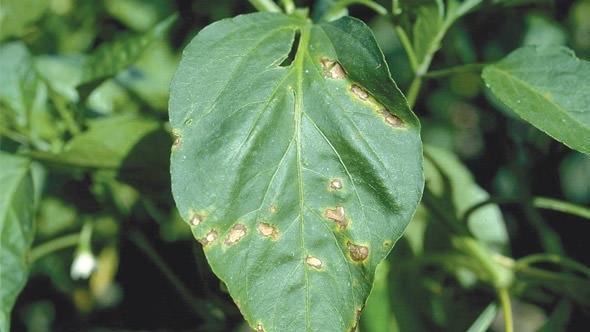Learn How Grafting and Biofungicide Combo Helps Boost Watermelon Productivity
The eighth-annual BioSolutionsSM Conference & Expo boasts a new name but the usual lineup of presenters renowned for their biological expertise in specialty crop production. Hosted by American Vegetable Grower’s parent company, Meister Media Worldwide, the event (formerly the BiocontrolsSM USA Conference & Expo) will occur Feb. 23-24 in Reno, NV. Zheng Wang will be there. The Vegetable Crops and Irrigation Advisor with the University of California Cooperative Extension will present on the management of watermelon productivity and plant health using grafting and Trichoderma-containing biofungicide.
“The study looks into the potential of reducing and eliminating the use of soil fumigants by grafting and biological fungicides to manage soil-borne fungal pathogens in watermelons,” Wang says. “Grafting has been widely proven to serve as an alternative to conventional pesticides for disease control, while the additive effects when coupling with biofungicides — another way of lessening pest pressure — is unknown.”
According to Wang, attendees will leave the conference understanding that:
1. The timing of chemigating Trichoderma microorganisms through sub-surface drip lines is crucial for root colonization.
2. Root ball soaking seems impracticable for large-scale producers; therefore, watermelon growers may request the greenhouse to apply multiple times through overhead misting and tray drenching until the transplants are shipped.
3. Grafting is a reliable IPM practice that can replace soil fumigation for soil-borne disease resistance, but rootstock selection is a key factor to meet growers’ needs and get growers paid off for the extra cost of grafted plants.
Wang’s research and Extension program focuses on implementing innovative production practices to enhance vegetable productivity, water use efficiency, and crop health through multi-disciplinary collaborations with local producers and various industry and commodity organizations. Using vegetable grafting, precision irrigation tools, and managing insects and diseases have specifically generated measurable impacts on the vegetable industry within and beyond California.

The timing of Trichoderma microorganism chemigation through subsurface drip lines is crucial to achieving a successful watermelon harvest. If chemigation occurs with an irrigation event, it is highly recommended the chemigation begin at the last part (e.g., one third) of the irrigation, depending on the duration.
Photo by Zheng Wang
“The burden of environmental challenge and more restrictive regulation on using conventional chemicals pose all but more on growers to turn to alternative ways for managing crop health while maintaining productivity,” Wang says. “Looking into bio-based materials offers new channels to enrich growers’ toolboxes to those production challenges.”
Wang hopes his enthusiasm over biologics catches on with the BioSolutions crowd inside the Peppermill Reno hotel.
“I have had years of experience experimenting with different types of biologics — biostimulants, biofertilizers, and biopesticides,” Wang says. “I’d like to share my experience — both positive and negative, which could be more important — with growers to bypass some pitfalls when using different types of biologics.”











